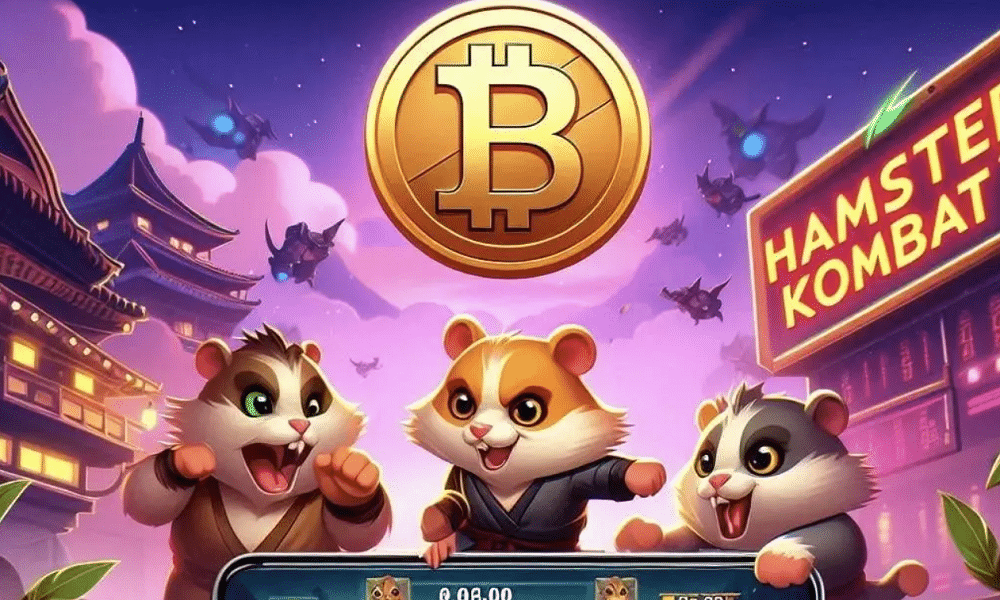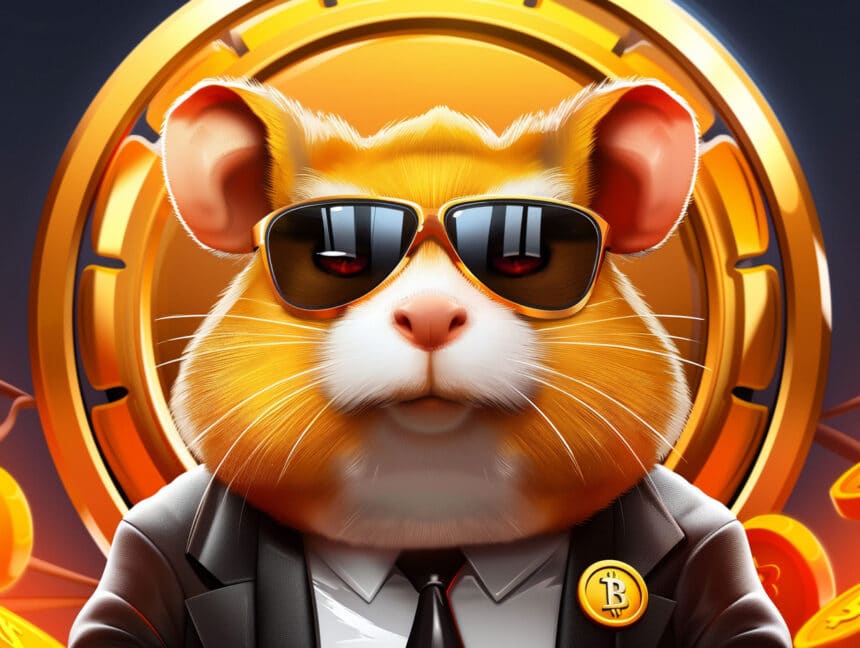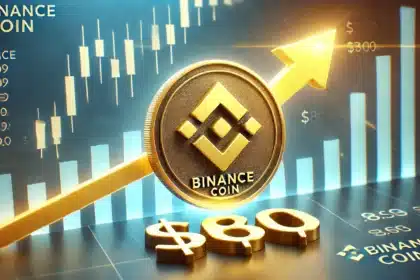In a dramatic turn of events, Hamster Kombat token futures have plummeted to unprecedented lows, sparking significant concern within the cryptocurrency community. On Sunday, the futures price for Hamster Kombat token reached a low of $0.1645, marking a staggering 45% decline. This sharp drop has intensified worries as investors and participants anxiously await a highly anticipated airdrop, one of the largest in the crypto sector.
The sharp decline in futures prices raises serious questions about the future of Hamster Kombat, a once-dominant player in the tap-to-earn market. With the token’s value spiralling downward, the crypto community is left wondering whether the platform can recover and maintain its relevance or if it is headed for a prolonged decline.

Airdrop Anticipation Heightens Market Anxiety
The timing of this dramatic drop is closely linked to the impending airdrop. Recent disclosures from Hamster Kombat’s white paper indicate that only 60% of the tokens will be distributed during the airdrop, leaving many participants anxious and uncertain. Despite projections that this airdrop could be the largest in the industry, market reactions have been far from optimistic. Concerns are mounting that the token’s spot price might mirror the recent futures decline, reflecting a trend observed with other tap-to-earn tokens that have faced significant corrections.
Broader Trends in the Tap-to-Earn Sector
Hamster Kombat’s decline is part of a larger trend affecting the tap-to-earn sector. Major players in this space have experienced significant losses, casting doubt on the sustainability of the model. Notcoin, a prominent competitor, has seen its market capitalization shrink by over $1.7 billion this year alone, a staggering 60% drop. Similarly, Pixelverse and Avacoin have suffered even greater losses, with declines of 82% and nearly 90% from their all-time highs, respectively.
These widespread declines are contributing to growing scepticism about the long-term viability of the tap-to-earn model. Historical trends show that tokens in this sector, including high-profile ones like Axie Infinity, have struggled to retain user interest over time. Axie Infinity, for example, has seen its token price tumble from a peak of $171.45 to below $5, underscoring the volatility and potential fragility of these platforms.

Challenges and Opportunities for Hamster Kombat
As Hamster Kombat approaches its airdrop, the platform faces a crucial challenge: retaining user interest post-listing. With over 300 million users, the platform’s ability to innovate and engage its large user base will be critical to its survival. The competitive landscape in the Telegram games sector is intensifying, with platforms like Catizen, Notai, Gamee, and Twin Token collectively attracting over 7.5 million users. This growing competition adds pressure on Hamster Kombat to stand out and maintain its user base.
However, there are potential opportunities for Hamster Kombat to explore. Notcoin’s recent decision to enter the Web3 gaming arena might pave the way for new engagement strategies that Hamster Kombat could also leverage. Adapting to new trends and technologies could provide a lifeline for the platform, helping it mitigate the declines that have beset other tokens in the sector.
Looking Ahead
The future of Hamster Kombat is fraught with uncertainty. The recent collapse in futures prices signals a turbulent period for the platform, with the airdrop looming as a critical moment that could either stabilise or exacerbate the current decline. Whether Hamster Kombat can recover and regain its footing in the competitive crypto gaming space remains to be seen.
As the crypto community watches closely, the stakes for Hamster Kombat have never been higher. The platform’s ability to navigate this challenging period will be crucial in determining its future trajectory. For now, the industry waits with bated breath, hoping for a turnaround but bracing for potential further setbacks.
Stay tuned to TheBITJournal for exclusive insights and updates on the evolving landscape of the crypto industry.





























